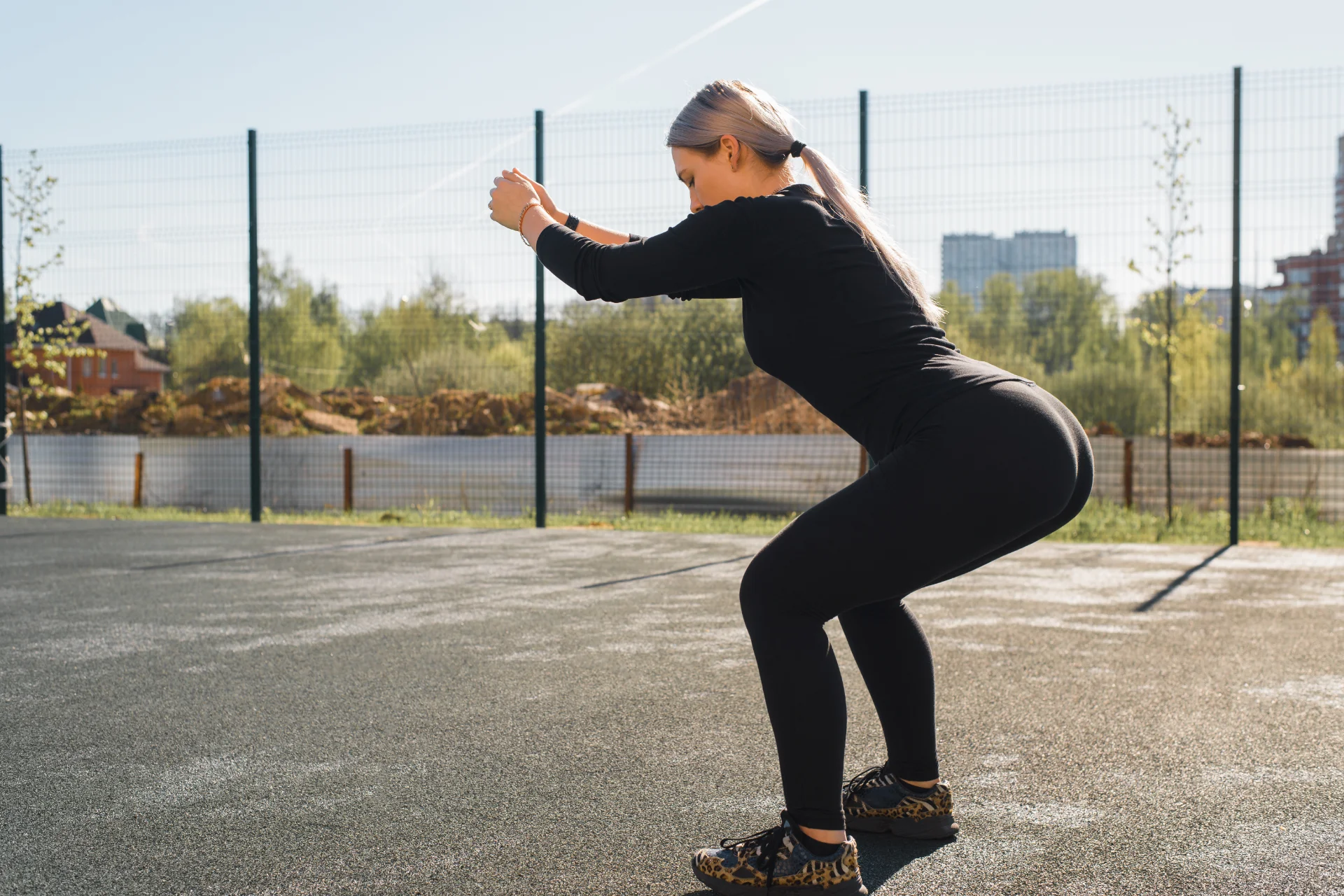How to Squat Correctly: A Guide for Working Professionals and Fitness Enthusiasts
Staying fit can often feel like a challenge, especially when juggling a busy work schedule and personal commitments. However, incorporating simple and effective exercises like squats into your routine can make a significant difference in your fitness journey. Squats are a fundamental movement that targets multiple muscle groups, improves strength, and boosts overall health. But to reap these benefits, it’s essential to squat correctly. Let’s dive into how you can master the squat, ensuring you gain the most from this powerful exercise.
Why Squats Matter
Squats are a compound movement, meaning they engage multiple joints and muscles simultaneously. They primarily target the quadriceps, hamstrings, glutes, and calves, but they also activate the core and lower back muscles. Here’s why they should be a staple in your fitness routine:
- Builds Strength: Squats help build strength in the lower body and core, which is crucial for performing everyday activities like walking, sitting, and lifting.
- Boosts Metabolism: Because they engage multiple muscle groups, squats can increase your metabolic rate, helping you burn more calories even after you’ve finished exercising.
- Improves Posture: A strong core and lower body can significantly enhance your posture, reducing back pain often associated with long hours of sitting.
- Enhances Balance and Flexibility: Squats improve the range of motion in your hips, knees, and ankles, leading to better balance and flexibility.
Step-by-Step Guide to Squatting Correctly
Follow these steps to perform a squat with perfect form:
- Start with Your Stance: Stand with your feet shoulder-width apart. Your toes should point slightly outward, not straight ahead. This position allows for better balance and stability during the movement.
- Engage Your Core: Before you begin the squat, engage your core muscles. Imagine pulling your belly button towards your spine. This helps maintain a neutral spine and protects your lower back.
- Initiate the Movement with Your Hips: Begin the squat by pushing your hips back as if you’re sitting down on an imaginary chair. Your knees should bend, and your torso will naturally lean forward, but your back should remain straight, not rounded.
- Keep Your Chest Up and Eyes Forward: As you lower yourself, ensure your chest stays up, and your eyes are looking forward. This helps maintain a straight spine and prevents your back from rounding.
- Lower Until Your Thighs are Parallel to the Ground: Go down until your thighs are parallel to the floor, or as low as your flexibility allows. Your knees should not go past your toes, and your weight should be on your heels, not the balls of your feet.
- Drive Through Your Heels to Stand Back Up: Push through your heels to rise back to the starting position. Engage your glutes and legs as you stand. Squeeze your glutes at the top to ensure you’re fully engaging your muscles.
- Repeat: Aim for 3 sets of 10-15 reps, depending on your fitness level. Rest for about 60 seconds between each set.
Common Mistakes to Avoid
Even with the best intentions, it’s easy to make mistakes that can lead to injury or reduced effectiveness. Here are some common pitfalls and how to avoid them:
- Letting Knees Cave In: Ensure your knees track over your toes. Use a resistance band around your thighs if you notice your knees caving inward. This encourages proper form.
- Leaning Too Far Forward: A forward-leaning torso can strain your lower back. Keep your chest up and core engaged. Practice in front of a mirror to monitor your posture.
- Rounding Your Back: Maintaining a straight back is crucial. Engage your core throughout the movement and avoid hunching over. A neutral spine position prevents injury.
- Lifting Your Heels Off the Ground: Your heels should stay planted throughout the squat. If they lift, it may indicate tight calves or lack of ankle mobility. Stretching and ankle mobility exercises can help.
Tips for Perfecting Your Squat
- Warm-Up Properly: A good warm-up can prepare your muscles and joints for the movement. Include dynamic stretches like leg swings, hip circles, and lunges.
- Use a Chair as a Guide: If you’re new to squats, use a chair to help guide your hips back. Stand in front of a chair and squat down as if you’re going to sit. This helps reinforce the correct movement pattern.
- Progress Gradually: Start with bodyweight squats to master the form before adding weights. As you become more comfortable, you can hold dumbbells or use a barbell for added resistance.
- Focus on Consistency: Like any other exercise, consistency is key. Include squats in your workout routine two to three times a week for optimal results.
Conclusion
Squats are a powerful exercise that can enhance strength, boost metabolism, and improve overall fitness. By following the correct form and avoiding common mistakes, you can incorporate squats into your fitness routine safely and effectively. Remember, the goal is not just to complete the movement but to do it correctly for maximum benefit. With practice and consistency, you’ll see improvements in your strength, posture, and overall health.
For more health and fitness tips, visit I’m Healthy. Stay fit, stay healthy!


